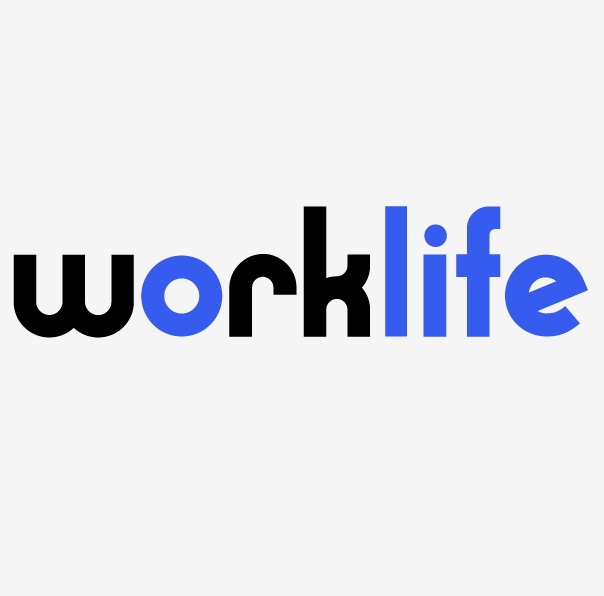Guessing people’s ages is a dangerous game, but sometimes it can prove worthwhile. A few years back, a 29-year-old New York lawyer with an impressive resume was accepted into a British law firm’s elite Barrister training program. Her credentials included a law degree with honors from Georgetown, and stints as a trial lawyer at the Manhattan DA’s office and Legal Aid. She also presented a reference letter from a former Congressman and Georgetown law professor.
Although she did graduate from Georgetown law, it was not with honors and she while she did pass the New York Bar in 2000 and worked at the Manhattan DA’s office, it was only as a paralegal. As for the reference from the professor, a miracle occurred–he wrote and signed it 2 years after his death. Unfortunately, the duped law firm did virtually nothing to verify the applicant’s credentials. Incredibly, what did her in was a law clerk at the firm who didn’t believe she was 29. Of course, we know lots of people who have been 29 for years, but it turns out that this genius shaved nearly 20 years off her actual age and didn’t have the genes to pull it off. Because she made up documents to support the ruse, her former employer in New York got her convicted of several crimes.
While most resume fraud is less elaborate, there is no lack of it. A CareerBuilder survey released in August, found that 75% of employers have discovered at least one lie on a resume. Among the reasons for so much fabrication may be that applicants know that they have a millisecond to make an impression, while 40% of HR managers say they spend less than a minute looking at each resume and 25% say they linger less than 30 seconds. Under those circumstances, the odds of getting noticed may outweigh the risk of being caught.
And these fraudsters have plenty of “professional” help available. Just check out Fakersume.com.That’s right, there’s a website for everything. This one pushes an E-book, The Machiavellian Guide to Getting a Job, and asks this gem of a question: Did you know that a resume is not a legally-binding document? And did you know that if you make a misleading statement in the form of a question, it is harder to be held liable for it?
CareerBuilder reports that the most common fabrications on resumes are as follows:
•Embellished skill set – 57%
•Embellished responsibilities – 55%
•Dates of employment – 42%
•Job title – 34%
•Academic degree – 33%
•Companies worked for – 26%
•Accolades/awards – 18%
Verifying skill sets and responsibilities may be difficult, but dates of employment, job title, and educational credentials just take effort. Confirming educational credentials from accredited institutions is easily doable, yet there are many degrees obtainable from non-traditional sources, the credibility of which can be elusive. Hiring managers need to be wary of the many diploma mills just a few keystrokes away. There is Rochville University, for example, which once awarded an MBA to Chester Ludlow of Vermont. Mr. Ludlow was, in fact, a Pug, not even one of the more intelligent breeds. But there are resources to help HR professionals avoid being duped on educational credentials, including the U.S. Department of Education’s online database of Accredited Post-Secondary Institutions, the National Student Clearing House and the FTC, which lists diploma mills.
Even though most employers conduct criminal background checks on applicants, many do not take the time to verify prior employment and education. If our brethren in Great Britain had done so, they would have learned from Georgetown that the candidate did not graduate with honors and from the Manhattan DA that she was a paralegal and not a prosecutor. Most importantly, the Barristers would have known that she was dishonest.
There can be no more important reason to be sure that you are hiring honest employees than the potential for employee theft. The recent Hiscox Embezzlement Study found that the average loss to employers from employee theft last year was $1.13 million, with 37% of cases involving over $500,000 and 23% over $1 million. Not surprisingly, the majority of employee theft occurs at companies with fewer than 500 employees (68%) with median losses of more than $289,000. The median losses at larger companies are just over $425,000.
So, be sure to dig into who you are hiring before handing them the keys. And if you are going to lie about your age….be reasonable!









